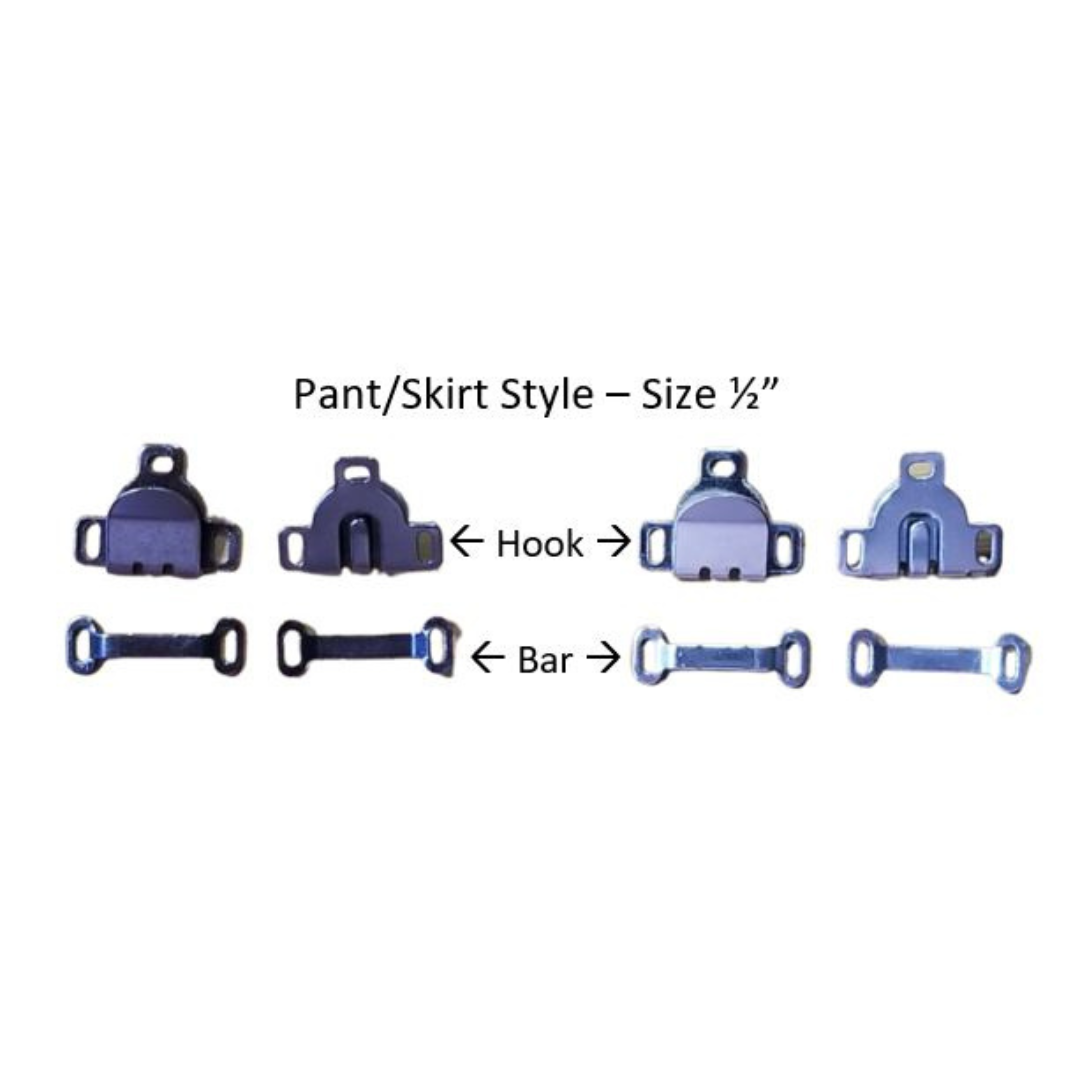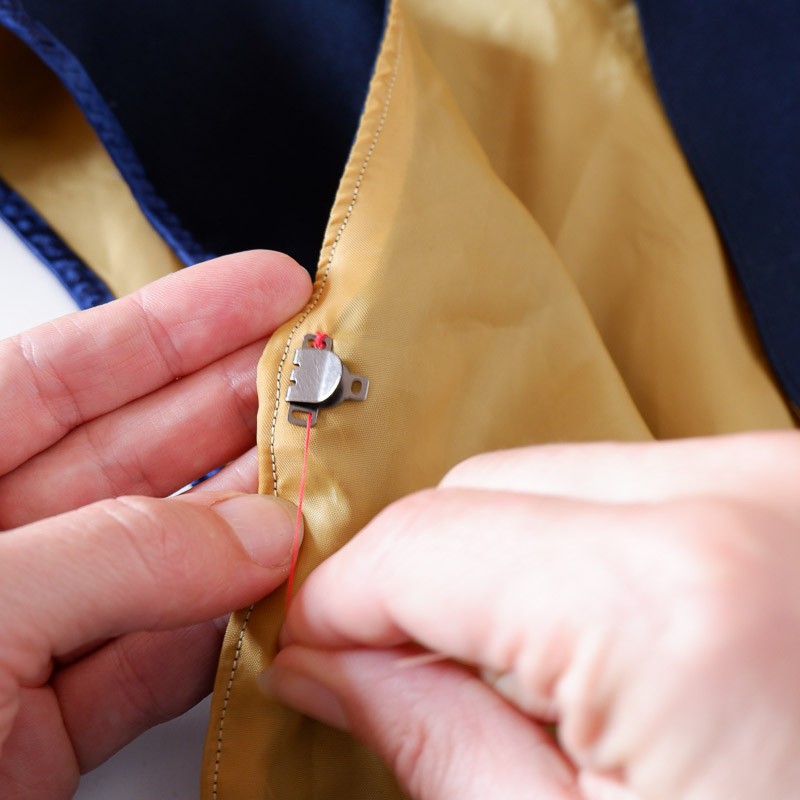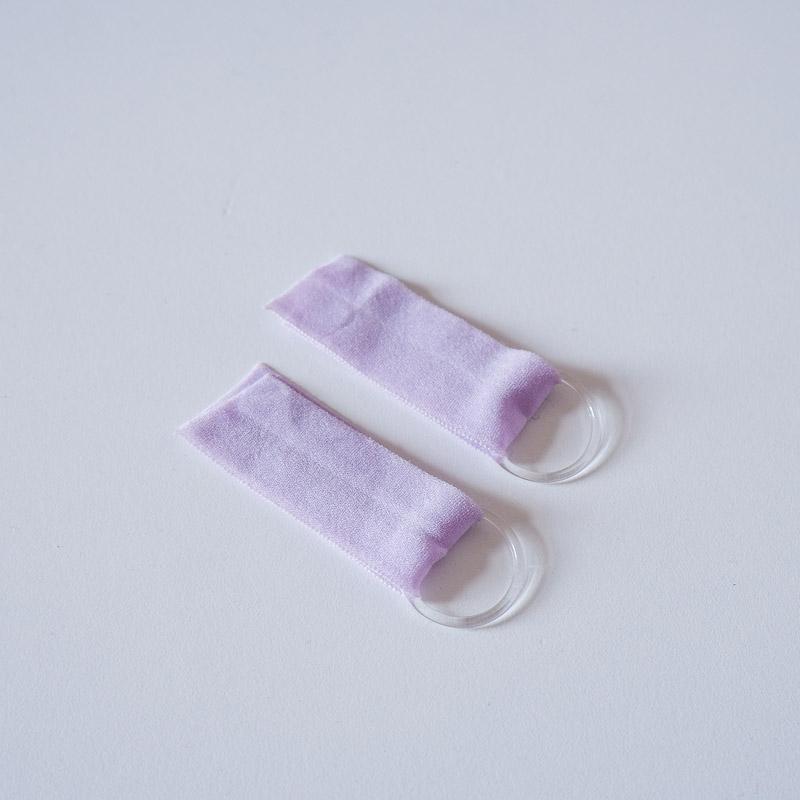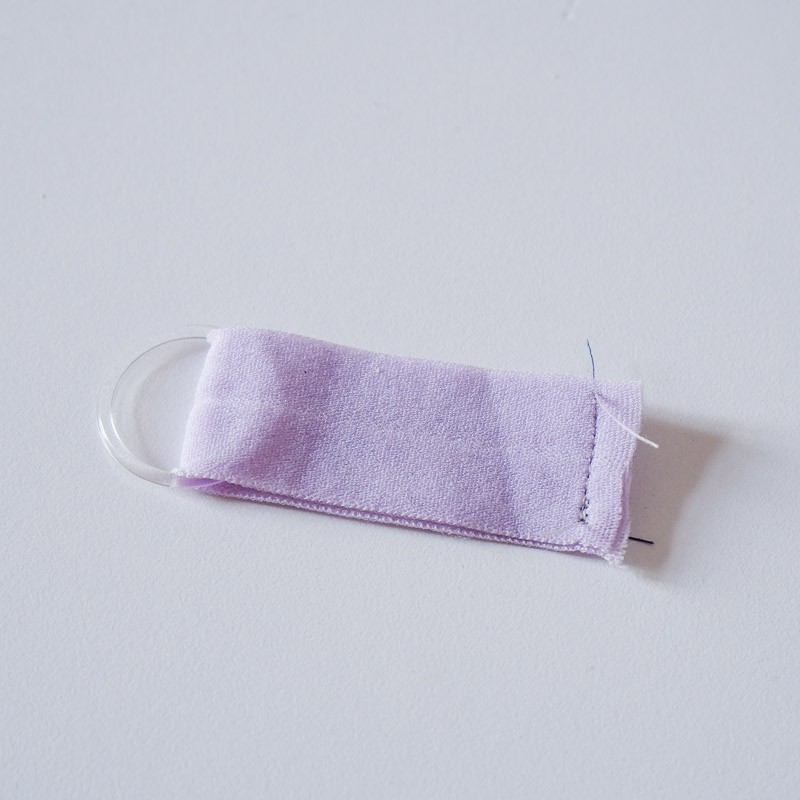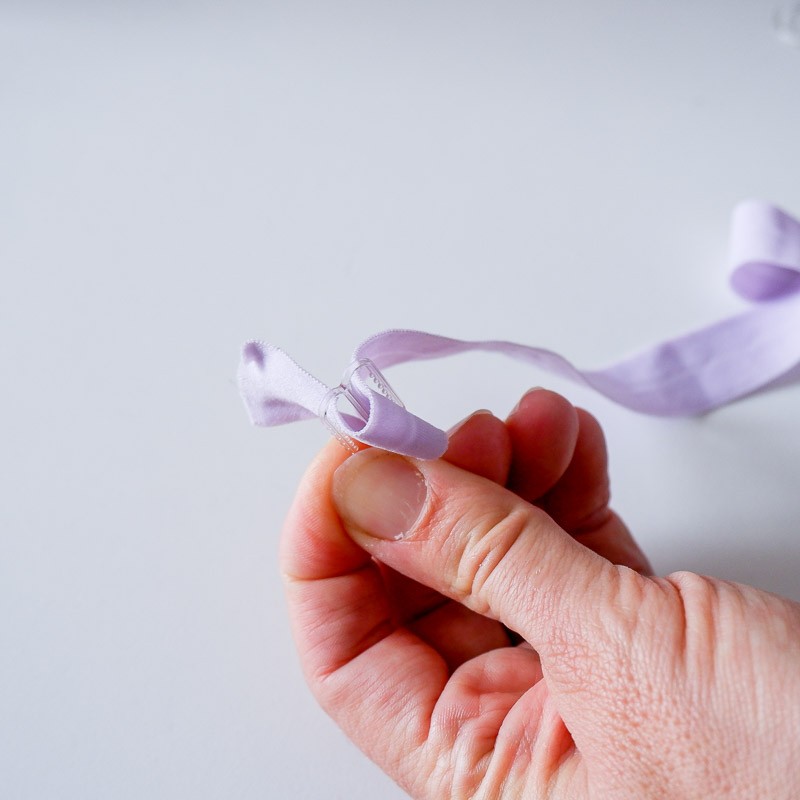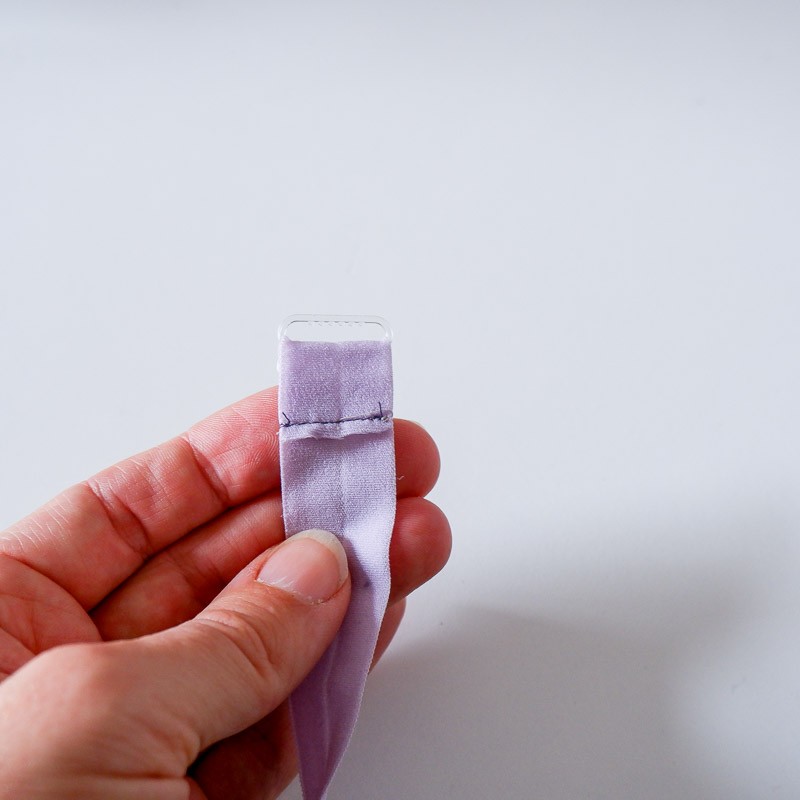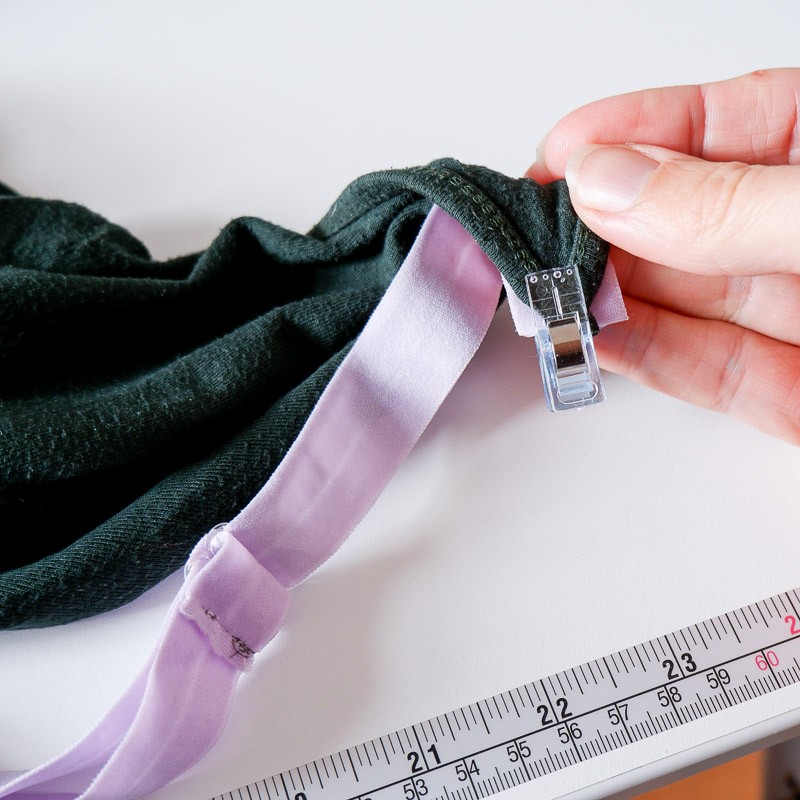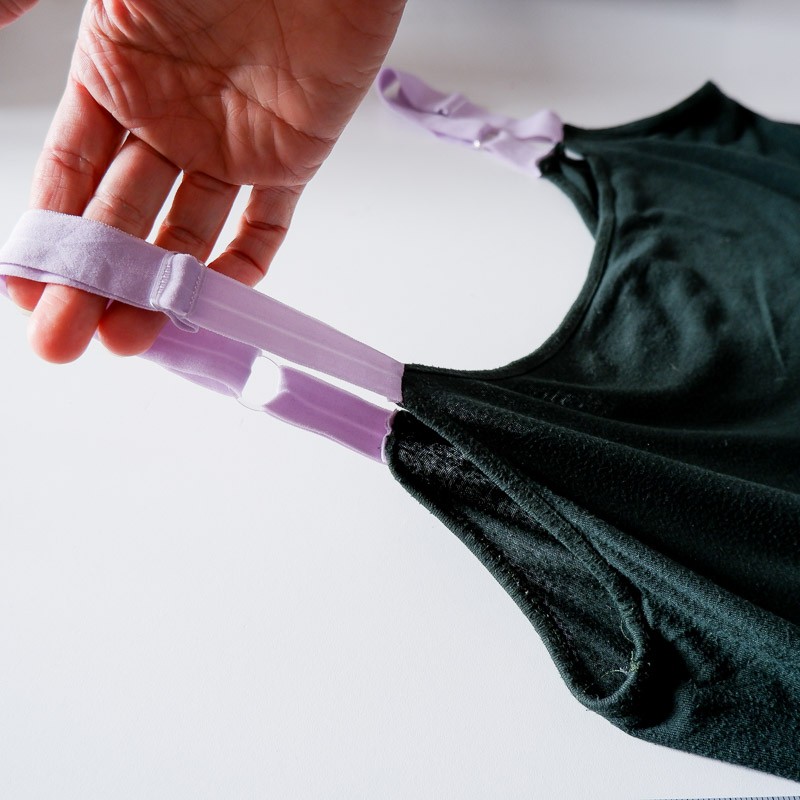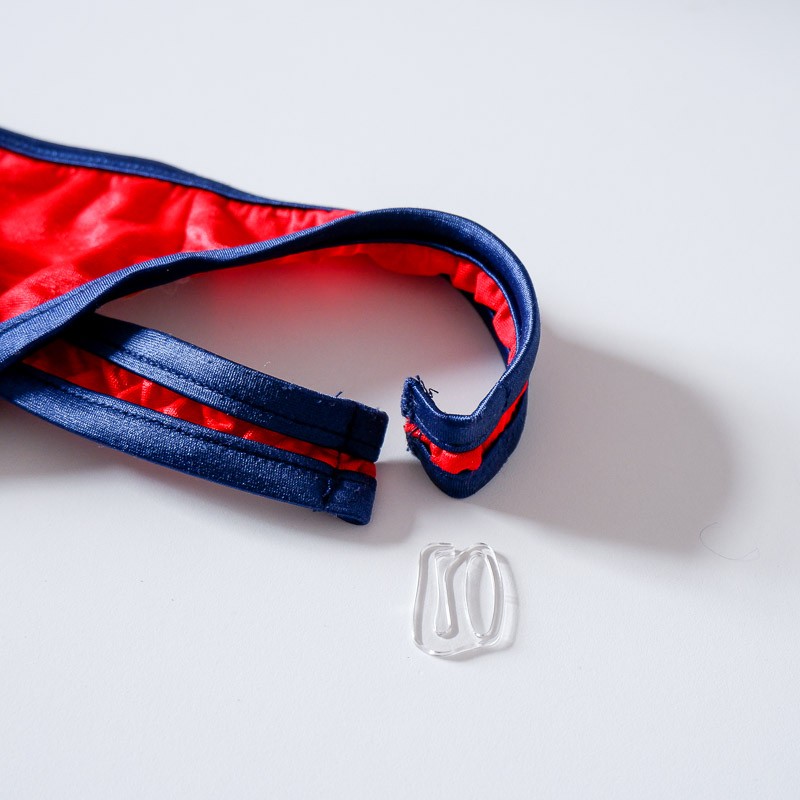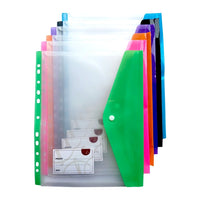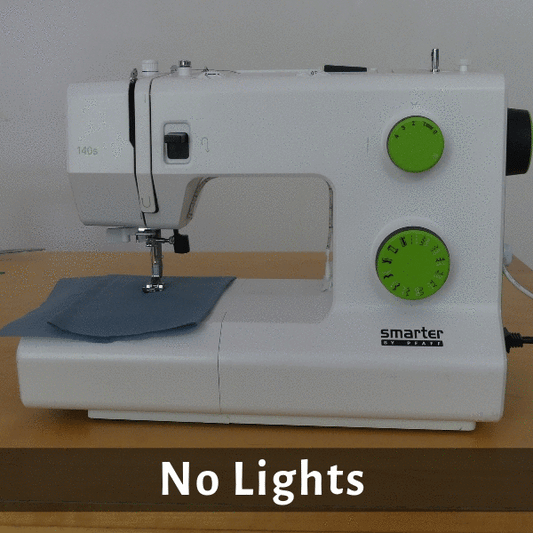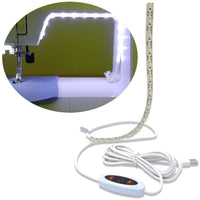Everything you need to know about Madam Sew's Hook & Eye Fastener Set
In this manual you will find instructions on how to sew hook and eye closures and attach the various fasteners and closures included in the box. Scroll through to the section that covers the type you wish to learn about.
TABLE OF CONTENTS
1. How to sew a Hook & Eye Closure (standard/fancy): These are great for tops, dresses, bras, children’s clothes and even above zippers in skirts
2. How to sew a Hook & Bar: These are typically used on skirts and pants
3. How to sew Strap Adjusters on tank tops, bras and swimsuits straps: These are what make the straps adjustable
4. How to sew on a Hook: These are typically used on the backs of tank tops, swimsuits and bikinis
HOW TO SEW ON HOOK & EYE CLOSURE (STANDARD/FANCY)
Whether you are making clothes or fixing clothes, this handy variety of standard/fancy hook & eye pairs will be perfect for your sewing projects. Use them on tops, dresses, above zippers in skirts, in lingerie, bras and in children’s clothing, etc..
The great thing about hook & eye fasteners is that they can be used for either overlapping or adjacent edges.
The standard ones in this box come in sizes 1, 2 & 3 and the fancy ones come in size 2.
If you are new to sewing on hook & eye fasteners or have done it before and need a refresher, read on. There are a few different ways to attach these and the following is one of those methods. It works the same whether you are sewing on the standard or the fancy pair.
1. Pick the size and color of hook & eye that will be the least noticeable on your garment.
2. Then pick a thread that matches or is similar in color to the fabric you’ll be sewing on.
3. Use as small a hand needle as you can.
4. Double thread the needle.
5. Put a knot at the bottom of your threads and trim the thread tail close to the knot. For instructions on how to quickly tie a knot in your thread, view the Mini Blog: Hand Sewing Basics: Knot Your Thread.
6. With the wrong side of your fabric facing up (i.e. the inside of your garment) put the hook on the left side of your garment. It should be positioned a little way from the edge, about ⅛” is good, so that once the garment is closed and there is natural pull on the hook & eye fasteners, they won’t be visible.
7. Once you know where the hook will be placed, you will start to sew, through the back side of the garment only, right where the edge of the hook will go. Stitch 2-3 times in that spot to secure your thread with stitches that are only about as wide as that part of the hook.
8. Position the edge of your hook on top of the stitches you just made. It will want to move a bit so feel free to use a tiny piece of masking tape or even washi tape (if in a pinch) to secure it in place while you start to sew (make sure to test the tape to make sure it doesn’t damage your fabric). You will now secure the front of the hook in place so that when the garment is being worn, it doesn’t move out of position.
9. Loop the thread over the hook so you are on the other side, and then take a stitch under the hook, the width of the hook, so you come up above it. Repeat this step 2-3 times to secure the hook in place.
10. Now, we will secure the other end of the hook, the one with the 2 holes. If you secured this part with tape earlier, you’ll need to remove the tape now. Once again, loop the thread over the hook so you are at the other end but instead of stitching up as we had been, bring the needle up through one of the little holes on the hook
11. Next, we will be stitching from the outside edge of the hole to the front using something similar to an end knot or button hole stitch. Hold the hook in position by holding the other hole in place. Then, start your stitch on the outer wire edge of the hole, and stitch under it to come back up through the hole. Do not pull the thread completely taught, instead, stop the stitch when you have a small loop of thread left. Put your needle through this loop, front to back (make sure the loop isn’t twisted), and pull the thread until it is tight against the wire. This creates a small knot at that point. Repeat this process 3-4 more times so that the stitches nestle next to each other instead of on top of each other. This will look nice and keep that area from becoming a bump/ball of thread which could be uncomfortable for the wearer.
12. To sew the other hole, put your needle down through the hole you have been working with and have it come up the other hole. Then repeat the process we just did.
13. Once the hook is sewed on you’ll finish off. To do so, you can sew a few knots next to your hook or lose your thread. For more information on how to lose your thread, view the Mini Blog: Hand Sewing Basics: Lose Your knot or Thread
HALFWAY THERE!
14. To find the best position for the eye, put it on the hook and hold the garment closed next to the hook (both wrong sides facing you). Line everything up so you know exactly where the eye will go and then place it back about 1/16” - ⅛” from the edge. This is because when you are wearing a garment, there is a bit of pull on the closure and if you don’t move the eye a bit back from the edge, it will be visible and you may have a bit of a gap there. The eye, which is small, moves even more than the hook when sewing, so you may wish to tape it down in place temporarily (make sure to test that the tape doesn’t ruin your fabric), while leaving the holes of the eye free to sew around. You can also mark with 2 dots through the little holes. I did that with my heat erasable fabric marker. It has a fine enough tip and erases easily.
15. Once again, use a double thread on your needle with a knotted end and trimmed tail. Start your sewing stitch on the outside of one of the eye holes and go under the wire and come up through the middle of the hole. Then, do the same end knot stitch we did on the holes of the hook for both this eye hole and the other eye hole.
16. Like we did with the hook, we’ll want to secure the eye at the edge of the garment so that it doesn’t wiggle around. To do that, once you have stitched the holes of the eye, put your needle down into the last hole you were working on and come up next to one side of the front of the eye piece. Make 1-2 stitches across this wire and then do the same with the other side. When both sides are stitched down, finish off like you did with the hook.
HOW TO SEW ON A HOOK & BAR CLOSURE
Whether you need to fix a pair of pants, a skirt or make one or the other from scratch, having the hook & bar fasteners at the ready will make it easier to do your repairs or finish your project. If you’ve used these before and need a refresher or are new to using the hook & bar fasteners, the following will help guide you on attaching them to your garment/project.
The hook & bar pairs in this box are the commonly used ½” size.
Because hook & bar fasteners are typically bigger and stronger than hook & eye fasteners, they are often used on pants and skirts. This is helpful as they are able to handle the higher level of stress that is put on closures in this area of clothing. There are a few different ways to attach these and the following is one of those methods.
1. Pick the color of hook & bar that will be the least noticeable on your garment. Then pick a thread that matches or is similar in color to the fabric you’ll be sewing on. Use as small a hand needle as you can. Double thread the needle. Put a knot at the bottom of your threads and trim the thread tail close to the knot. For instructions on how to quickly tie a knot in your thread, view the Mini Blog: Back to Basics - Knotting Thread.
2. Position the straight edge of the hook on the wrong side of your waistband (i.e. the side of your waistband that will go over the bar and other part of the waistband) so that the straight edge of the hook is close to the edge (about ⅛”) if there is no zipper or above the zipper if there is one. This piece is typically sewn onto the left side of the garment.
3. You may want to temporarily tape, with masking, washi or other tape, the hook in place before you start sewing so you can line up the bar and make sure all will fit well. If you use tape, test it on a scrap of the fabric you are using or an unseen area of the clothing item to make sure it will not damage the fabric. You can also use a temporary fabric marker like our heat erasable fabric markers to position the bar and hook.
4. To find the best position for the bar, put it on the hook and hold the waistband closed as it will be when worn. Note: If you have a zipper, it typically will be above the zipper. Again, you may want to temporarily tape the bar in place. Then as an extra measure, try on your garment and check that both parts are placed appropriately and that when they are hooked together your waistband won’t be too tight or too loose.
5. Once you know where the hook will be placed, you will hand sew through one layer of the waistband so that the stitches won’t show on the outside of the garment when you are wearing it. Start by doing one stitch right next to the top hole of the hook to secure the thread in the garment. Going forward, we will be stitching from the outside edge of the hole to the front using something similar to an end knot or button hole stitch.
6. Hold the hook in position by holding the other hole in place. Then, start your stitch on the outer wire edge of the top hole, and stitch under it to come back up through the hole. Do not pull the thread completely taught, instead, stop the stitch when you have a small loop of thread left. Put your needle through this loop, front to back (make sure the loop isn’t twisted), and pull the thread until it is tight against the wire. This creates a small knot at that point. Repeat this process 3-4 more times so that the stitches nestle next to each other instead of on top of each other. This will look nice and keep that area from becoming a bump/ball of thread which could be uncomfortable for the wearer.
7. To sew the other hole, put your needle down through the hole you have been working with and have it come up through the other hole. Then repeat the steps for this hole.
8. To sew the hole at the tip of the hook, put your needle down through the hole you have been working on and come up through the tip hole. Then repeat the steps we used for the last two holes.
9. Once the hook is sewed on you will finish off. To do so, you can sew a few knots next to the hook or lose your thread. For more information on how to lose your thread, view the Mini Blog: Back to Basics - Lose Your Knot or Thread.
HALFWAY THERE!
10. Once again, use a double thread on your needle with a knot at the end and trimmed tail. Start your sewing stitch on the outside of one of the eye holes and go under the wire and come up through the middle of the hole. Then, do the same end knot/button hole stitch we did on the holes of the hook for both this eye hole and the other eye hole.
11. Once the bar is sewed on you’ll finish off just like you did earlier and you are done!
HOW TO SEW STRAP ADJUSTER SLIDERS & RINGS
Whether you are making clothes or fixing clothes, these sliders and rings will be helpful in your sewing projects. Use them for making adjustable straps on tank tops, intimate wear, swimsuits and bras.
There are two different sized sets in this box…each consists of one hook, two clear sliders and two clear rings. One set has a ¾” hook with ½” (15mm) sliders and ½” (15mm) rings; while the other 1” hook with ¾” (20mm) sliders and ¾” (20mm) rings.
If you are new to sewing with sliders and rings or have done it before and need a refresher, read on. There are a few different ways to attach these and the following is one of those methods.
Pick the slider & ring set that will be the best size for your garment. The strap you are working with should fit nicely into the slider without folding over on itself lengthwise. Then pick a thread that matches or is similar in color to the fabric you’ll be sewing on.
Start by cutting two 2”-4” pieces of your strap/strap elastic. Slip one of these strap pieces through a ring hole and using your sewing machine sew the ends of the strap together. Repeat for the other strap piece + ring. These are the 2 bottom pieces of your strap. They are shorter than the other pieces.
For the main part of the straps, cut two long pieces of the strap/strap elastic 18” or the size you need. Now, grab your strap/strap elastic and a slider. Feed the strap up through one of the slider’s holes and down through the other one leaving a tail at the end so you can fold the strap back on itself. You should have about ½” of strap showing on the back. Sew the strap piece together using a straight stitch.
Next, thread the other end of the strap through a ring. Then, slide your strap though the slider just like you would when closing a buckle. Pull the strap through the slider until you have a few inches or half the strap through. You’ll end up with a loop of strap on the side of the slider that has the ring and a piece of strap on the other side. The ring can now be pulled to the end of the strap loop.
Repeat the same process with your other strap. Now, you’ll be able to sew your straps onto your garment. It’s that easy!
HOW TO SEW ON A HOOK
Whether you are making your own tank top, swimsuit/bikini or fixing one, these hooks will do the trick.
There are two sizes of clear hooks in this box…two ¾” hooks and two 1” hooks. NOTE: The hooks are sometimes called clasps.
If you are new to sewing with these types of hooks or have done it before and need a refresher, read on.
Pick the size of hook that will be the best size for your garment. Then pick a thread that matches or is similar in color to the fabric you’ll be sewing on.
With the “hook” part of your hook facing down, thread one part of your tank top, swimsuit/bikini back strap through the closed loop or “eye” of the hook. This may take a little effort if your fabric is a little thicker as might be the case for swimwear.
The strap you are working with should fit nicely into the hook without folding over on itself lengthwise. Fold this strap back onto itself onto the wrong side (inside) of the garment. You should have about 1” of strap showing on the back.
Using a straight stitch, sew it in place about ½” from the eye, forming a fabric loop. You may wish to stitch the raw edges of your fabric down so they stay in place and do not annoy the wearer. This will also reinforce the fabric loop.
Now you will make a fabric loop on the other side of your garment. This is the loop that your “hook” will hook into. You’ll fold the fabric over itself by ½”-¾” toward the wrong side (inside) of the garment.
Check to see that the hook fits well into this loop. This is a good time to also confirm that this back strap will fit when worn…so you may wish to “safety pin” this piece in place and try the garment on…make adjustments to the strap as necessary.
Then, sew the fabric loop in place making sure to have about ½” clearance or loop size so you can easily maneuver the hook into the fabric loop when wearing . You may wish to stitch down the raw edges of your fabric so they stay down and do not annoy the wearer. This will also reinforce the fabric loop.



































